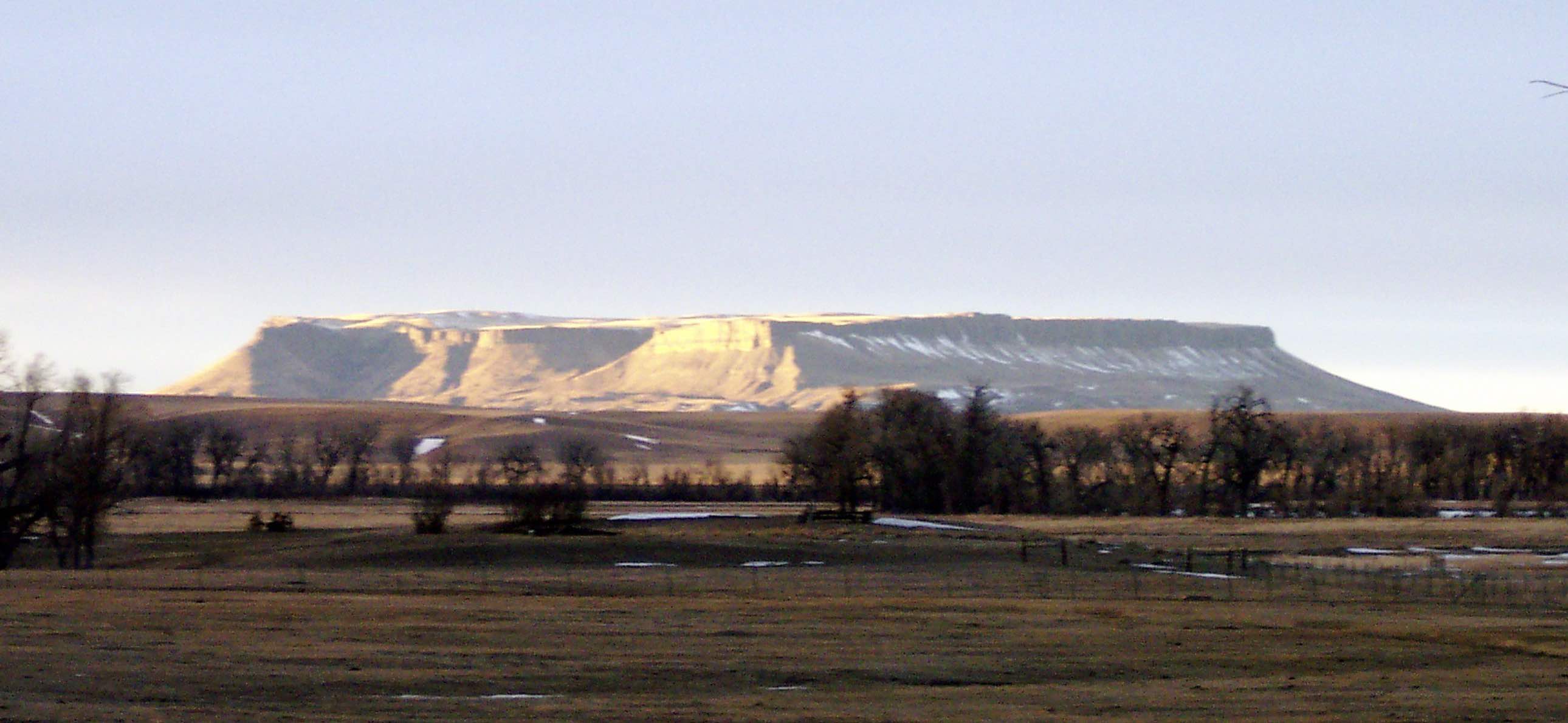
Early June brings the storms and their seasonal rain to central and eastern Montana. The storms also deliver something else…drama.
And in drama, lies a story, complete with a setting and a plot…
The setting is a place harboring inland mountain ranges, every bit as wild as the grandest parts of the main range of the Rockies, which Blackfoot lore calls “The Backbone of the World.” Standing on the prairie that stretches out from those mountains and looking out at the grass grown tall and blown billowing in the wind, it feels as if one is standing on the prow of a ship looking at the rolling of the waves. Rivers trace their way across this shifting yet eternal landscape, slashing the land with serpentine rocky breaks.
These are the places that hold my heart…and remind me of the story’s plot, which some call the arc of the story, in this case the reminder of how we learn from the landscapes that hold us in their grasp.
That story arc can best be described as a rotating cone or gyre, generally characterized as a tornado or cyclone that builds and builds, growing in strength and size, until as the poet William Butler Yeats wrote, the storm breaks apart:
Turning and turning in the widening gyre
The falcon cannot hear the falconer;
Things fall apart; the centre cannot hold.
In the resulting confusion, chaos emerges:
The best lack all conviction, while the worst
Are full of passionate intensity.
In a similar way, we learn on a path that includes sweeping in the information in front of us, reflecting on what we have gathered, taking action, considering the results, analyzing the flaws to find the why, gathering more information, adjusting, then retrying what we have learned and renewing the effort in a cycle that continues to build until it demands we address what isn’t working and learn more.
Some will argue that my comparison is flawed – that learning is not a disruptive process that grows in the fertile fields of chaos and its misery.
I beg to differ…even though I would love to write that learning is always some sweet and happy experience. I know that it can involve holding hands and singing a sweet hymn to a better life. It can be that.
But the years of living and helping others learn have shown me how internalizing lessons and applying them can at best be frustrating…and also frightening, unpleasant, and, yes, decidedly gritty and even painful. Like the storm.
But here’s the thing…with all its warts, learning is part of us. As one of the markers of what makes us human, we cannot shirk or escape that responsibility. Or allow our learning capacity to atrophy or the resulting opportunities to die.
Perhaps we need to revisit and reapply the five qualities that we gain from our interactions with our diverse physical and cultural landscapes:
• How we frame reality. In other words, how do we employ our focus and really see what is happening within the frame?
• How we learn from our context. Instead of simply existing, how can we employ a reciprocal relationship with our place and so ensure that we aren’t learning in a vacuum?
• How we link learning with problem solving. The problems in our lives require creative solutions. General information can help to solve a problem, but the working answer lies with us.
• How we think metaphorically. A metaphorical thinker pulls two apparently unrelated ideas together, finding the common threads between them and creating a new idea or solution in the process.
• How we see reality holistically. Contrary to a general view of the world as a gigantic machine best understood by dissembling it and analyzing the
parts, it feels more natural to the world in terms of a circle of related parts with no definitive beginning and end.
(First published 8/25/2010. Sourced from “Framing a Boundless Horizon: A Sense of Place and the Rural Adult Learner,” Edrienne L. Kittredge, Montana State University, 1997).

Comments are closed, but trackbacks and pingbacks are open.